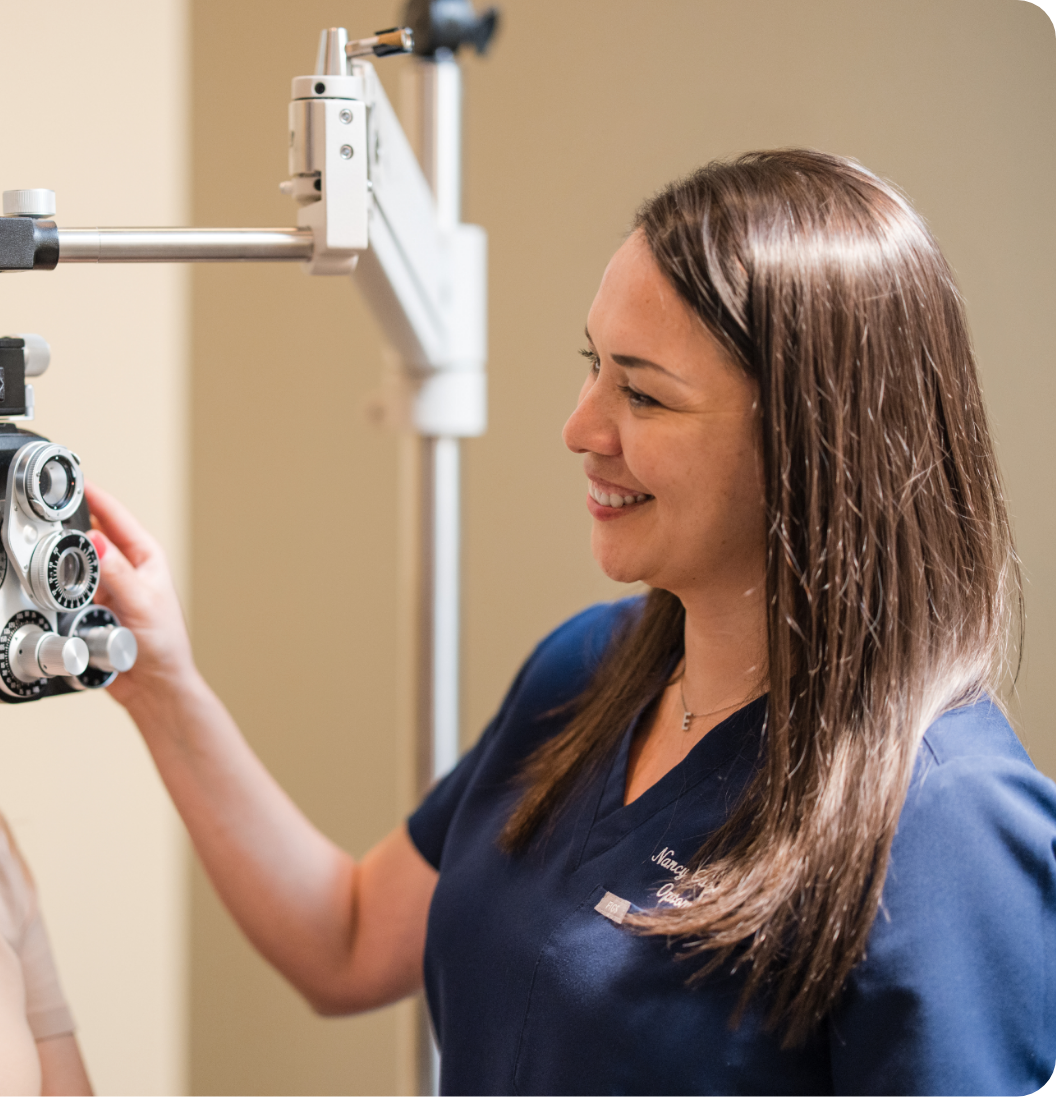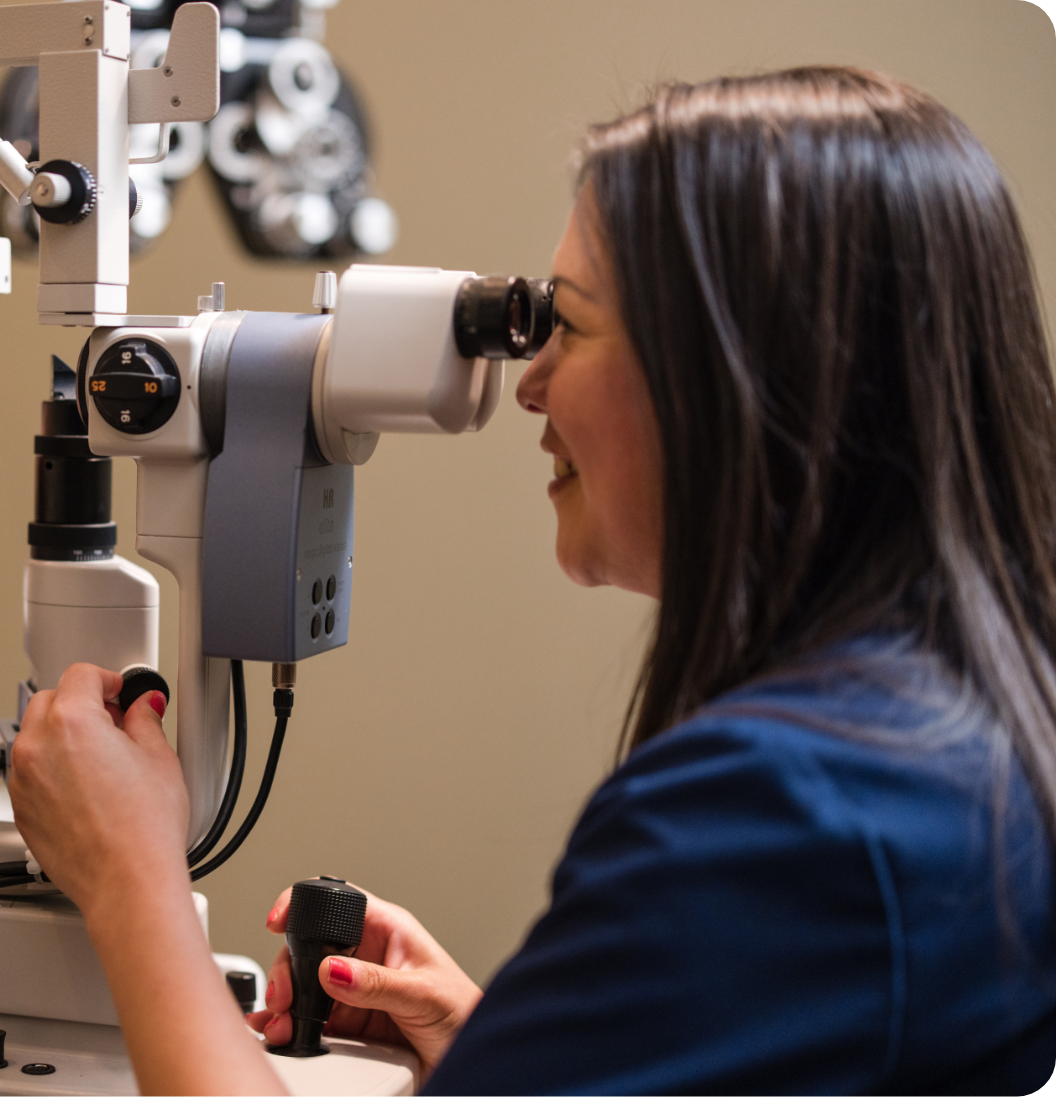
If you suffer from Keratoconus, you are probably aware that as the disease progresses to a more advanced stage, surgical intervention will be required to restore your vision.
What is Keratoconus?
Keratoconus is a condition that affects the cornea – the clear, dome-shaped front surface of your eyes. This progressive disease causes the cornea to thin out and change shape, bulging out like a cone. The shape of the cornea is important for maintaining clear vision, so this change in shape consequently causes changes in your vision. Keratoconus symptoms include:
- blurring of vision, mild at first and deteriorating as the disease progresses
- distorted vision, making straight lines look wavy or bent
- sensitivity to light and glare
- red or swollen eyes
- nearsightedness or astigmatism resulting in frequently changing glasses prescription
- ill-fitting and uncomfortable contact lenses
The disease can take years to progress for some people, while others find symptoms worsen quickly as the cornea suddenly starts to swell. Left untreated, the cornea can scar and lose its clarity, causing vision to become even more blurry and distorted.
Keratoconus causes are largely unknown. It is thought to be genetic in some cases and has more recently been associated with eye allergies and eye rubbing.
How is keratoconus treated?
In its early stages, the disease can be treated with glasses or custom fitted contact lenses. However, when it reaches a certain stage, keratoconus surgery is usually required. There are a number of FDA-approved surgical options for keratoconus treatment once it reaches an advanced stage.
INTACS
These corneal inserts can delay the need for a corneal transplant and sometimes can mean avoiding it altogether. During the INTACS procedure, tiny, clear pieces of a plastic polymer are inserted into the cornea in a minimally invasive surgery, reshaping the cornea and reducing nearsightedness caused by Keratoconus.
Corneal transplants
A corneal transplant removes your existing damaged cornea and replaces it with a donor cornea. Corneal transplants are the most common and most successful type of transplant surgery performed in the U.S., with over 40,000 performed each year.
Corneal cross-linking
A healthy cornea has cross-links between its collagen fibers, keeping it strong and helping it to retain its shape. With keratoconus, the cornea is weakened, as there aren’t enough cross-links. Corneal cross-linking treatment essentially introduces new cross-links to strengthen the cornea.
This advanced treatment uses riboflavin and UVA light to rehabilitate the cornea. Our Medical Director, Dr. Oday Alsheikh, is one of the few surgeons in the U.S. to use this technology. Please note that not every patient is a candidate for this treatment, and it may not be covered by insurance.
Contact us for more information on keratoconus treatment and to book an assessment.







